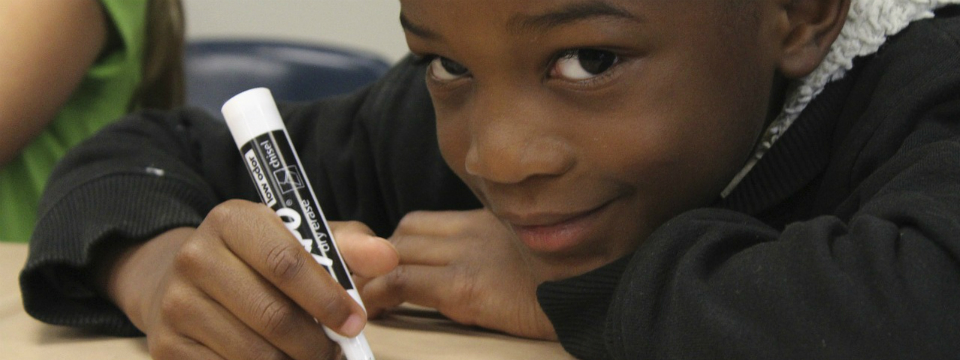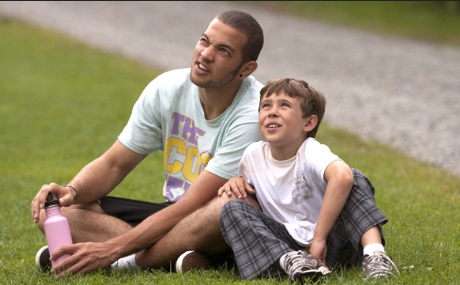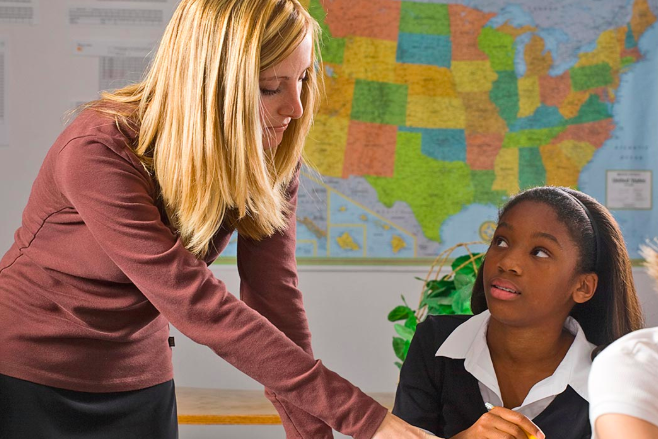Volunteering in public schools boosts seniors’ memories
The memory center in the brains of seniors who volunteered in public schools for two years maintained their size, rather than shrinking as part of the normal aging process, report researchers.
The findings suggest that retirees who take part in meaningful social activity can prevent shrinkage in their brains’ memory centers and avert age-related cognitive problems.
In men, the researchers found, the memory centers actually grew modestly. Those with larger increases in brain volume also saw the greatest improvements on memory tests, showing a direct correlation between brain size and the reversal of a type of cognitive decline linked to increased risk for Alzheimer’s disease.
“By helping others, participants are helping themselves in ways beyond just feeding their souls,” says study leader Michelle Carlson, associate professor of mental health at the Johns Hopkins Bloomberg School of Public Health. “They are helping their brains.”
REMOVING THE ‘COBWEBS’
The research, published online in Alzheimer’s & Dementia: The Journal of the Alzheimer’s Association, studied participants in the Baltimore Experience Corps, a program that brings retired people into public schools. They serve as mentors to young children and work with teachers to help kids learn to read in understaffed school libraries.
“The brain shrinks as part of aging, but with this program we appear to have stopped that shrinkage and are reversing part of the aging process,” Carlson says. “Someone once said to me that being in this program removed the cobwebs from her brain, and this study shows that is exactly what is happening.”
Carlson and her colleagues randomized 111 men and women to either participate in the Experience Corps (58) or not (53). They took MRI scans of the retirees’ brains at enrollment and then again after 12 and 24 months. They also conducted memory tests. Participants were an average of 67.2 years old, were predominantly African American, were in good health, came from neighborhoods with low socioeconomic status, and had some college education.
Those who were not involved in Experience Corps exhibited age-related shrinkage in brain volumes. Typically, annual rates of atrophy in adults over age 65 range from 0.8 percent to 2 percent. The men who were enrolled in Experience Corps, however, showed a 0.7 percent to 1.6 percent increase in brain volumes over two years.
Though not statistically significant, women appeared to experience small gains, as compared to declines in the control group of 1 percent over 24 months.
Carlson notes that many cognitive intervention studies last one year or less. In this study, she says, participants were followed for two years, which in this case was long enough to see changes that wouldn’t have been detected after just one year.
The researchers were particularly interested in the results, considering that people with less education and who live in poverty are at greater risk for cognitive decline.
ADDING NOVELTY
It’s not entirely clear, Carlson says, which elements of Experience Corps account for improved memory function and larger brain volumes. The program increases involvement in many different kinds of activities, she says.
RELATED ARTICLES
ON FUTURITY
New York University
Gum disease may increase Alzheimer’s risk
University of Pennsylvania
After brain injury, add antidepressants
University of Florida
Why a walk across the room can be exhausting
Participants need to get out of bed, walk to the bus, and walk up and down stairs inside the schools. They work in teams. They work with young people. They share their knowledge and know they are doing good in the world. They engage in problem-solving and they socialize in ways they wouldn’t have if they had stayed at home.
“We’re not training them on one skill, like doing crossword puzzles,” she says. “We’re embedding complexity and novelty into their daily lives, something that tends to disappear once people retire. The same things that benefit us at 5, 10, 25, 35—contact with others, meaningful work—are certain to benefit us as we age.”
Experience Corps is a national program, but is not available everywhere. Carlson says she believes finding purpose and civic engagement in some way may forestall some of the damage of aging on the brain.
The Johns Hopkins Neurobehavioral Research Unit, the National Institutes of Health’s National Institute on Aging, the Alzheimer’s Drug Discovery Foundation, and the Johns Hopkins Epidemiology and Biostatistics of Aging Research Fellowship supported the work.
Source: Johns Hopkins University










